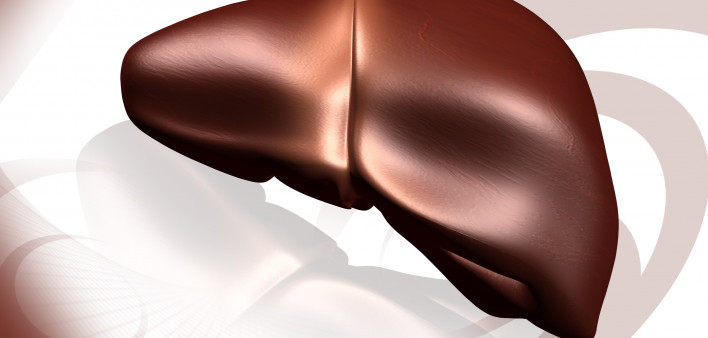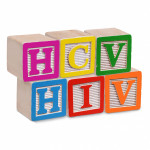Among those with cirrhosis, curing hepatitis C virus (HCV) is associated with similar rates of improved liver health 12 weeks after direct-acting antiviral (DAA) treatment regardless of whether individuals have HIV coinfection.
Publishing their findings in the Journal of Viral Hepatology, researchers conducted a retrospective cohort study of 490 people with hep C and cirrhosis, including 270 with HIV coinfection and 220 without HIV. The study population was drawn from the HEPAVIR-DAA and GEHEP-MONO cohorts. All members were treated with DAAs and achieved a sustained virologic response 12 weeks after completing therapy (SVR12, considered a cure).
The study looked at changes in liver-related health between participants’ baseline assessment and their assessment at the 12-week mark after finishing DAA treatment. Liver function improvement was defined as a decrease of at least 1 point according to the Child-Pugh-Turcotte (CPT) scoring system, a decrease of at least 2 points in their MELD score or both. Liver function worsening was defined as a CPT increase of 1 or more; a MELD increase of 2 or more; or the development of decompensations in the liver, which are indications of advanced cirrhosis.
Between the study’s baseline and the 12-week mark after DAA treatment, liver function improved in 50 (56 percent) of the individuals without HIV and 82 (57 percent) of those with HIV. The difference between these two rates was not statistically significant, meaning it may have been driven by chance. Liver function worsened in 33 (15 percent) of those without HIV and 33 (13 percent) of those with HIV. Again, the difference between these rates was not statistically significant.
Factors independently associated with an improvement in liver function included being male, having bilirubin below 1.2 milligrams per deciliter and having an INR liver function test result below 1.3. After adjusting the data for various factors, the study authors found that these three factors were associated with a 2.1-fold, 1.8-fold and 1.3-fold greater likelihood of experiencing liver improvement, respectively.
The one factor independently associated with worsening of liver function was having albumin below 3.5 grams per deciliter, which was tied to a 1.3-fold greater risk of such an outcome.
To read the study abstract, click here.







Comments
Comments